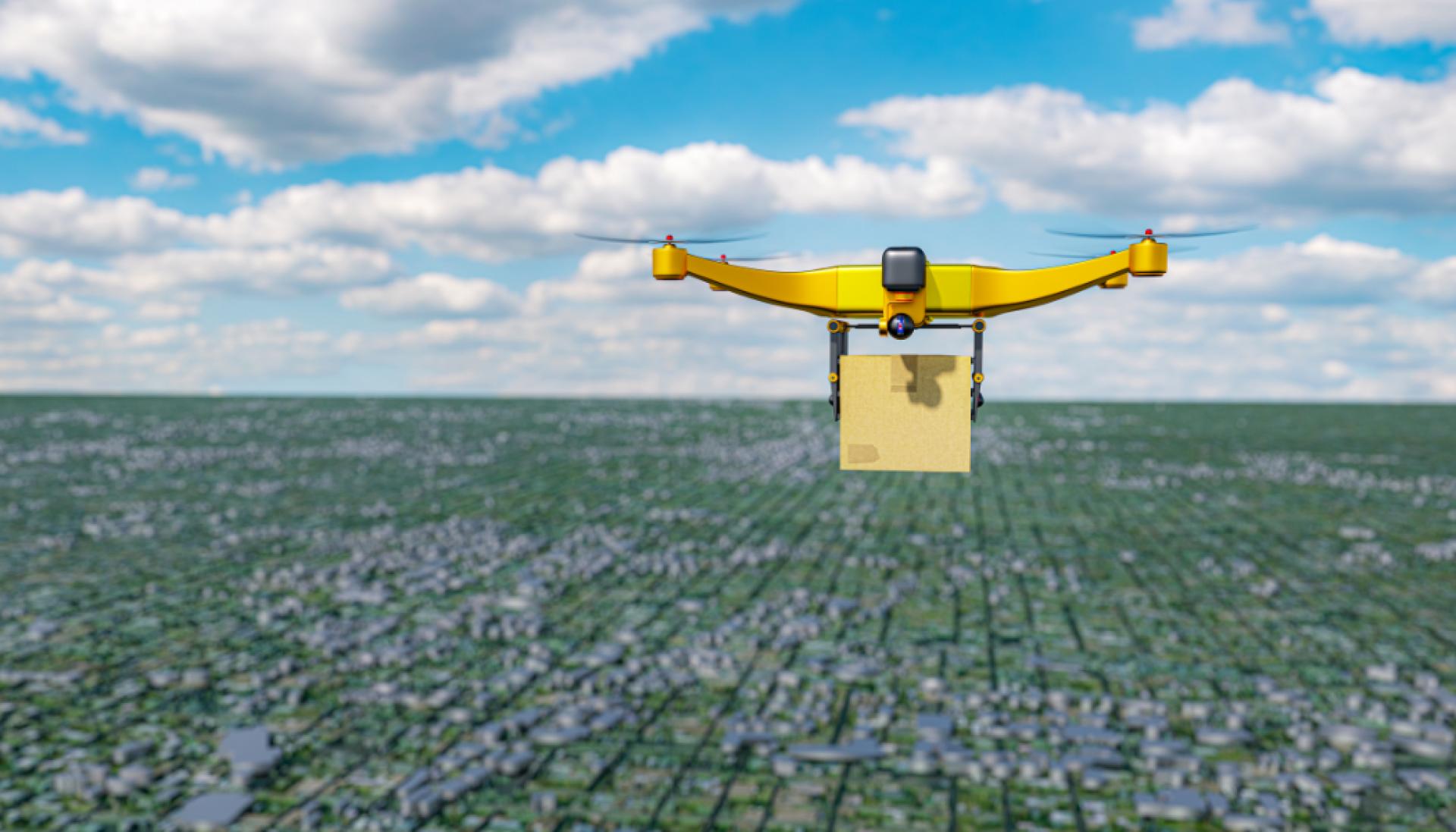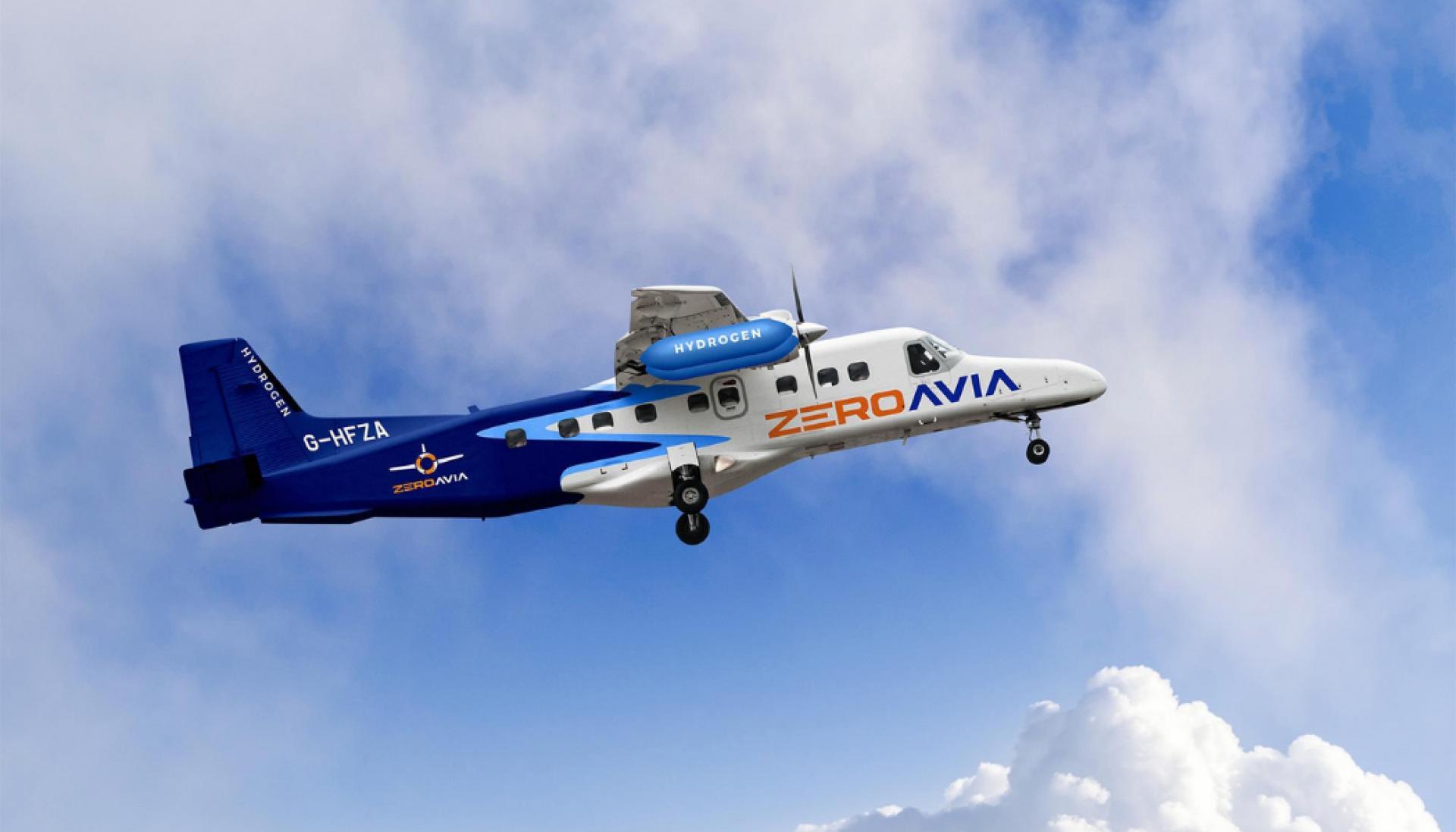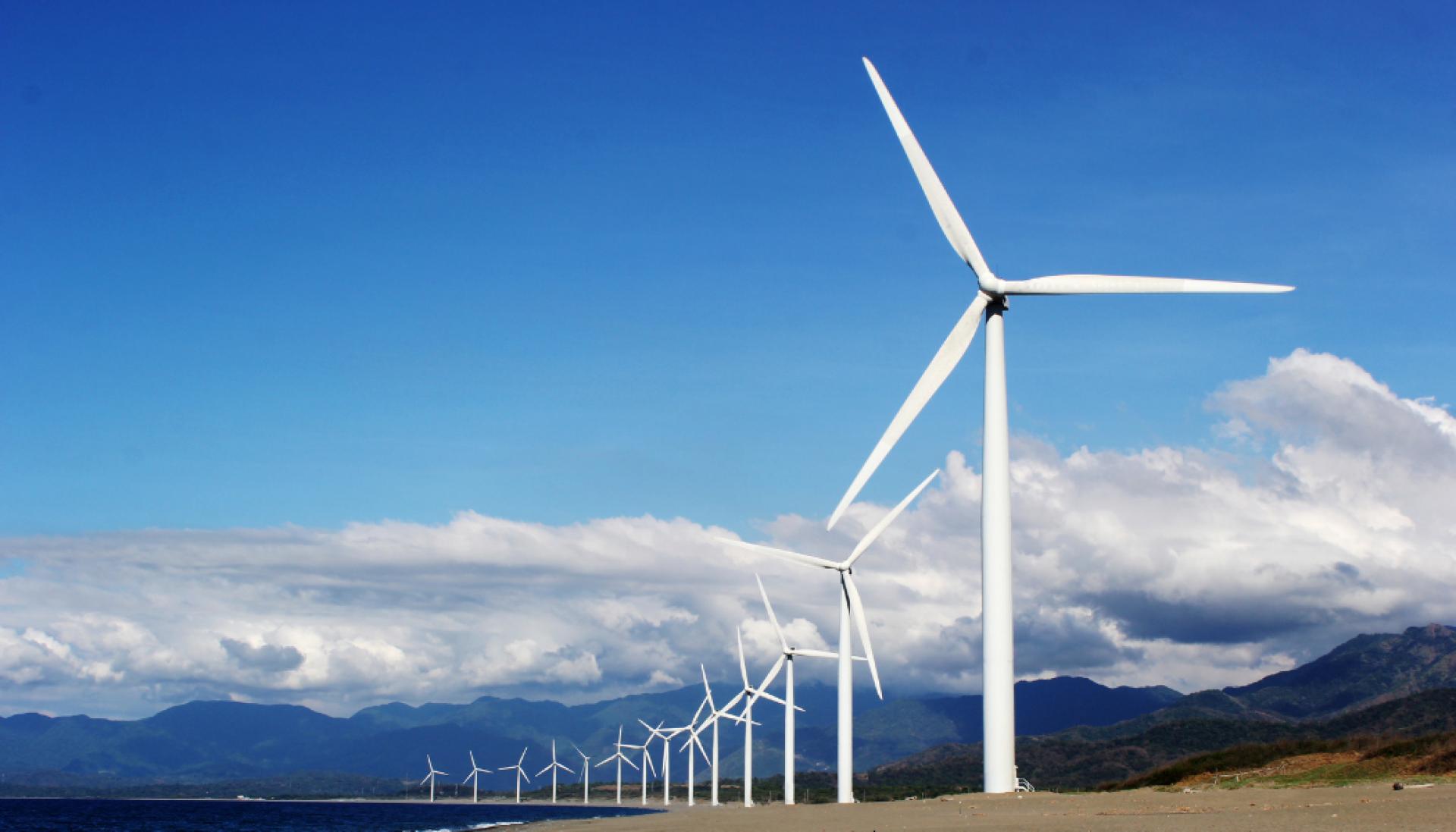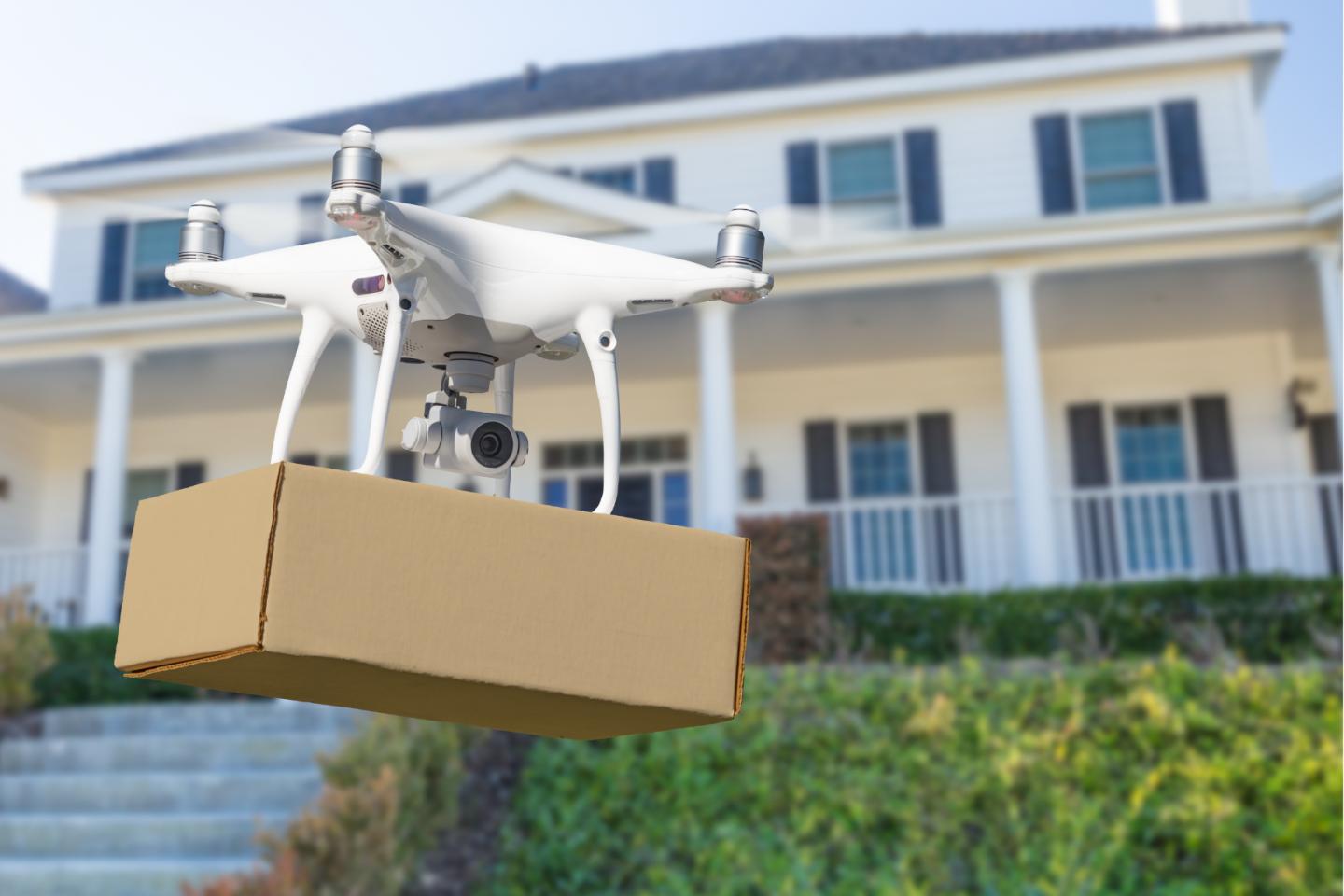Electric Air Mobility: The Future Of Air Transport
Transport is a huge area of focus for governments and global organisations looking to tackle the climate crisis.
Electric cars, for example, are gradually growing in popularity as the technology becomes more accessible and practical for everyday drivers.
Charging stations are popping up in major cities, and local governments are incentivising drivers to make the switch to electric vehicles.
But what about air transport?
The climate impact of air travel is often overlooked when transport is being discussed, but this industry is also in desperate need of reform.
Fortunately, new technologies are emerging that could revolutionise air transport and create more eco-friendly solutions.
Let’s look at the primary types of air mobility that are being transformed to reduce harmful emissions and improve fuel efficiency.

Drones
We tend to think about human passengers when we discuss air transport, but the movement of goods and cargo is also an area in need of innovation.
Advanced drone technology could be the eco-friendly answer to the logistics and delivery industries.
Volocopter has been at the forefront of ‘Urban Air Mobility’ and created several electric vertical take-off and landing (eVTOL) solutions for transport needs.
The VoloDrone is a heavyweight drone that can carry 200kg of cargo up to a distance of 40 kilometres. This opens up a world of exciting opportunities for businesses looking to move goods and products across large cities and metropolitan landscapes.
The VoloDrone is all-electric and emission-free, and so offers a range of sustainable solutions for logistical travel, construction, air rescue, and ship-to-shore deliveries.
Skyports is another innovative drone business that offers two forms of delivery services - ship-to-shore (for cheaper and more sustainable offshore logistics) and rural-focused (allowing for reliable deliveries in hard-to-reach locations.)
The Skyports drone technology has already been tested by the NHS and Royal Mail, and these long-range autonomous deliveries could signal the future of cargo transport.

Medium-haul passenger air travel
Renewable hydrogen technology could be the next big thing in sustainable medium-haul air travel.
ZeroAvia replaces conventional plane engines with hydrogen-electric powertrains that deliver 90% less life cycle emissions and 75% lower hourly maintenance costs.
The green hydrogen fuel is produced through electrolysis and can be stored in (or near) airports for easy access.
The process is fuelled by locally generated renewable energy, creating a solution that enables long-range transport with zero emissions, less fuel, and reduced costs.
ZeroAvia has already developed a roadmap for its hydrogen-electric powertrains. By 2024 the company is aiming to power 10-20 seat passenger flights across a 300 NM range.
By 2040, the business is striving to fuel 200+ seat passenger flights across a 5,000 NM range. These solutions could make huge strides in decarbonising medium-haul journeys.

Long-haul passenger air travel
Innovative fuel solutions have the potential to make medium-haul air travel infinitely more sustainable - but long-haul flights present a more complex challenge.
How can the emissions of these longer passenger journeys be reduced?
The answer could be eFuels.
eFuels are generated using electricity from renewable energy sources, water, and CO2 from the air. These fuels don’t release additional CO2 (unlike conventional fuels) and so create a climate-neutral solution that can be used to power aeroplanes.
These eFuels can also be distributed using existing infrastructures, meaning they can be delivered quickly and efficiently.
The eFuel Alliance predicts that with the right political support, eFuels could begin to be produced at scale in 2025 and totally replace conventional fuels by 2050.

VTOL Electric Taxis
Short-haul taxi journeys in major cities are a form of transport with plenty of opportunities for sustainable innovation.
Vertical take-off and landing (VTOL) vehicles could deliver high-speed journeys with low carbon footprints.
Vertical Aerospace has created the VX4, a zero-emissions aircraft with a range of 100+ miles. The aircraft can carry up to 4x passengers per journey and could provide commuters with a premium transportation option that’s also incredibly eco-friendly.
The business is already looking to launch test flights and aims to launch the VX4 at scale by 2025.
Lilium has developed an electric jet that can be adjusted to carry 4-6 passengers or industrial goods and cargo. The company is aiming to build a travel network that’s faster, more efficient, and more environmentally friendly than traditional forms of transport.
Joby Aviation has completed more than 1,000 test flights with its electric aircraft and can facilitate passenger journeys up to 150 miles in distance. Joby is placing a major emphasis on ridesharing and making electric aviation as accessible as possible for users.
Sustainable air transport solutions will be incredibly important in the fight against the climate emergency.
Electric air mobility has the potential to transform the aviation industry for both commercial passengers and businesses.
With the right infrastructure and political backing, many of these technologies could rapidly scale up, and even replace conventional transportation methods in the very near future.
If your company lies within the health and biotech space and you’re keen to build out your finance team, don’t hesitate to get in touch with Jamie ([email protected]) for expert support.




